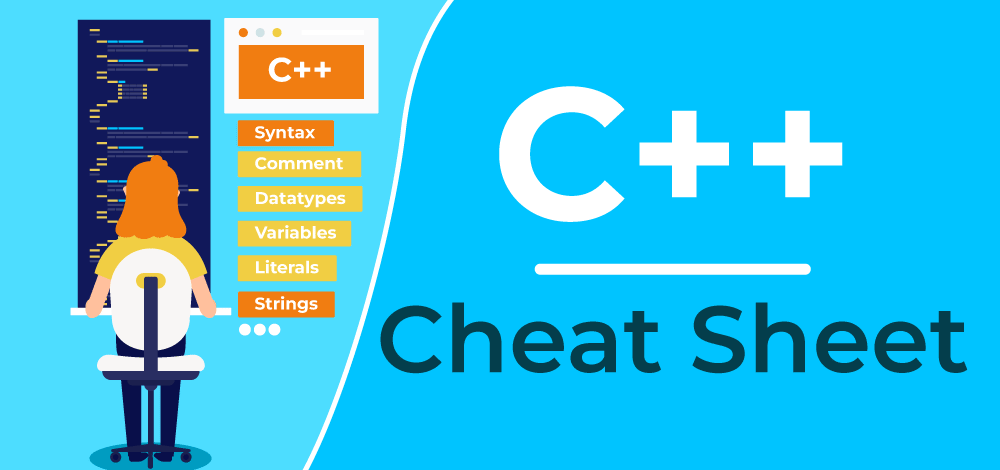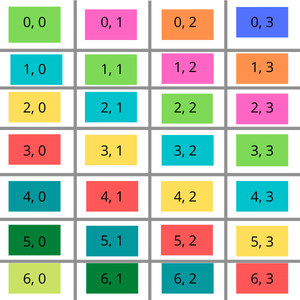Understanding W3C's Media Working Group: A Guide to Web Media Technologies
Are you curious about the future of web media? Do you want to understand the technologies that power online video and audio experiences? The W3C's Media Working Group (WG) plays a vital role in shaping these standards. Let's explore what the Media WG does and why it matters to developers and users alike.

What is the W3C Media Working Group?
The Media WG is a part of the World Wide Web Consortium (W3C) that focuses on developing specifications and technologies related to media on the web. Their work ensures interoperability and accessibility of audio and video content across different browsers and devices. They create standards that developers use to build rich, engaging media experiences.
- Focus: Web media standards.
- Goal: Interoperability and accessibility.
- Impact: Shapes online video and audio.
Key Specifications Developed by the Media WG
The Media WG has developed several critical specifications that are widely used in web development. Understanding these technologies provides a solid foundation for working with media on the web. Here are some notable examples:
1. Encrypted Media Extensions (EME)
EME enables protected content, like movies and TV shows, to be played in web browsers. It provides a standardized way for web applications to interact with Content Decryption Modules (CDMs) to decrypt and play encrypted media.
- Purpose: Playback of protected content.
- Function: Interacts with CDMs.
- Resources: Find the EME specification on GitHub.
2. Media Source Extensions (MSE)
MSE allows JavaScript to dynamically construct media streams for playback. This is essential for adaptive streaming technologies like DASH (Dynamic Adaptive Streaming over HTTP), which adjust video quality based on network conditions.
- Purpose: Dynamic media stream construction.
- Benefits: Enables adaptive streaming.
- Resources: Discover MSE on GitHub.
3. WebCodecs
WebCodecs provides low-level access to video and audio codecs directly from JavaScript. This empowers developers to build advanced media processing applications, like video editors and real-time communication tools, directly in the browser.
- Purpose: Low-level codec access.
- Use Cases: Video editing, real-time communication.
- Resources: Explore WebCodecs on GitHub.
4. Media Capabilities
The Media Capabilities API allows web applications to query the capabilities of the user's device and browser to optimize media playback. This helps ensure the best possible experience by selecting the most suitable codecs and resolutions.
- Purpose: Device and browser capability detection.
- Benefits: Optimized media playback.
- Resources: See Media Capabilities on GitHub.
Why Does the Media WG Matter to You?
Whether you're a web developer, content creator, or simply a consumer of online media, the Media WG's work directly impacts your experience. By creating open standards, the WG fosters innovation and ensures that web media remains accessible to everyone.
- For Developers: Standardized APIs for building media applications.
- For Content Creators: Broader reach through interoperability.
- For Users: Consistent and accessible media experiences.
How to Stay Informed and Get Involved
Staying informed about the Media WG's activities is crucial for anyone involved in web media. Here's how you can keep up to date and even contribute to the development of web media standards:
- Follow the Media WG on GitHub: Monitor the w3c/media-wg repository for updates.
- Participate in Discussions: Engage in the issue tracker to share your thoughts and ideas.
- Explore Specifications: Dive into the specifications mentioned above to gain a deeper understanding of web media technologies.
By understanding and engaging with the W3C's Media Working Group, you can play a part in shaping the future of media on the web.






-method.png)